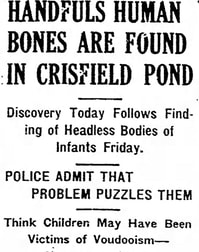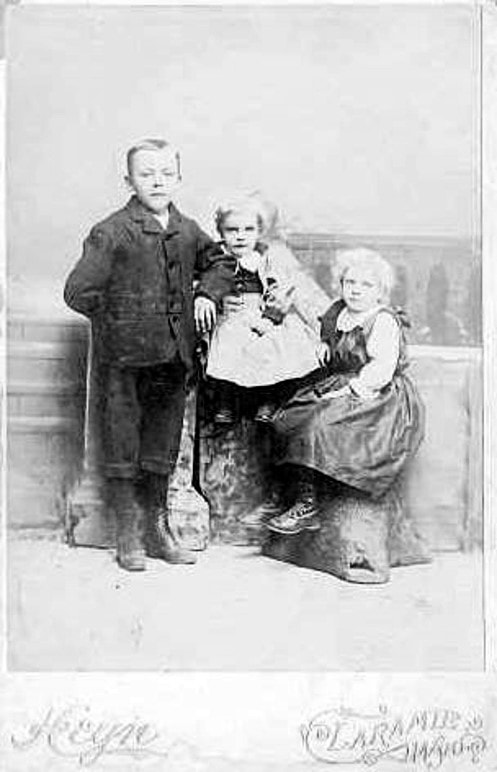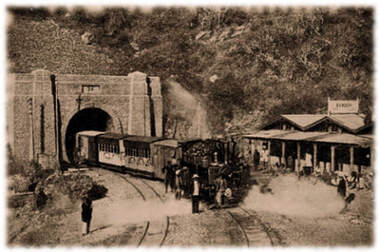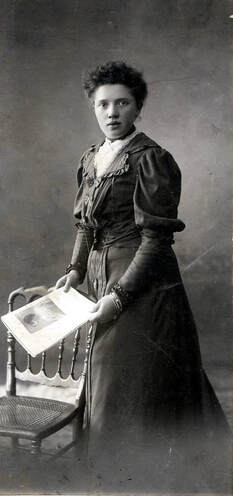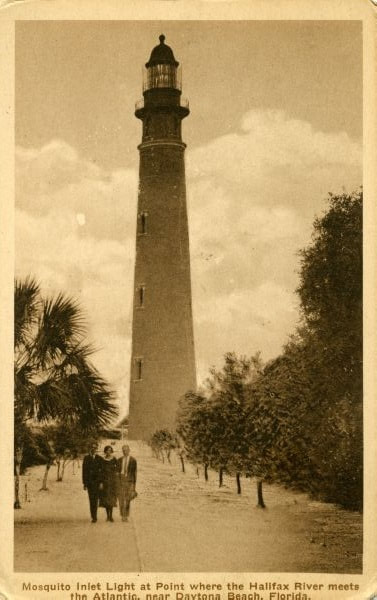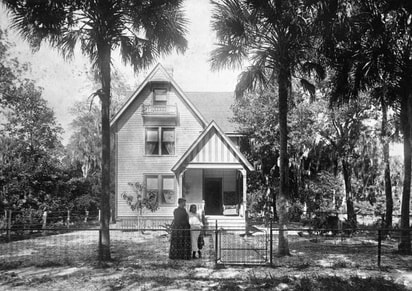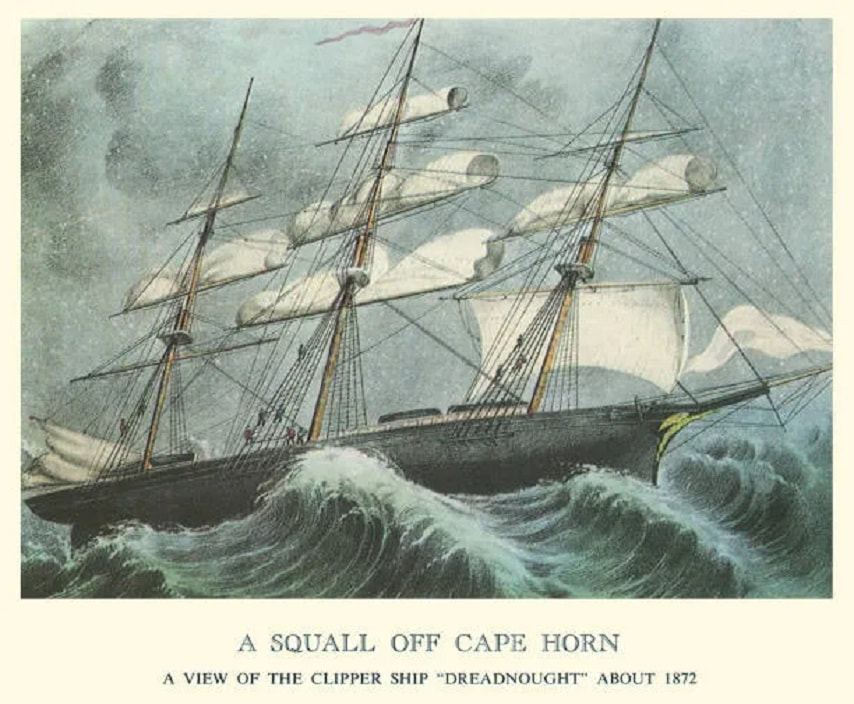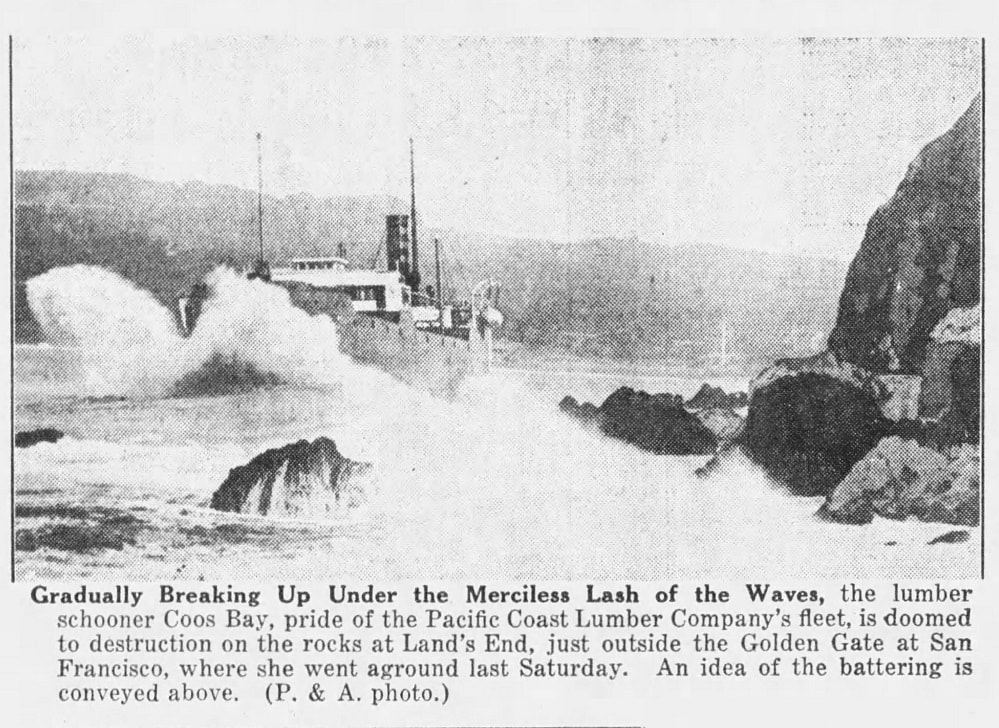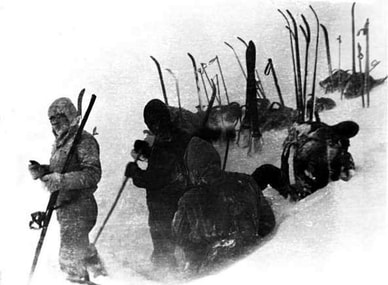Showing posts with label historical mystery. Show all posts
Showing posts with label historical mystery. Show all posts
Wednesday, November 5, 2025
Friday, August 15, 2025
Wednesday, April 23, 2025
The Mystery of Jupiter Mine | M.P. Pellicer
In 1897, on the corner of a building at the southeast corner of Geary Street and Grant Avenue, San Francisco the ghost of a missing man stalked the halls.
He was last seen when he left to visit the mines in company of Mr. Thompson president of the mining company. They went hunting, and separated some time during the day.
READ THE REST The Mystery of Jupiter Mine | M.P. Pellicer:
Saturday, April 19, 2025
The Ghost in the Garret | M.P. Pellicer
The Ghost in the Garret | M.P. Pellicer:
To all appearances Dolly and Fred Oesterrech were a dull, average couple who owned a factory. Little did anyone expect the scandal that would soon break loose that included allegations of murder and illicit sex.
The Explorer's Last Adventure | M.P. Pellicer
The Explorer's Last Adventure | M.P. Pellicer:
An International Mystery | M.P. Pellicer
An International Mystery | M.P. Pellicer:
In June 1934 in Brighton, England a steamer trunk was found in King's Cross railway station. It contained a woman's torso and legs. The arms and head were missing. Scotland Yard reached out to the public in trying to identify the victim. In the United States, Agnes C. Tufverson, 43, had married a former Czech officer six months before. She disappeared, and the last heard from her was when she visited London. Her family wondered if it was her body that had been found.
Tuesday, March 4, 2025
Dark Deeds Retold | Mardi Gras 2025 | Stories of the Supernatural
Host - M.P. Pellicer
www.MPPellicer.com
SUPPORT VIA DONATION
Buy Me A Coffee - https://bit.ly/3SZFf6c
Miami Ghost Chronicles: http://bit.ly/MiaGhostChron
Nightshade Diary: https://bit.ly/3WuER2z
Stories of the Supernatural: https://bit.ly/3td5sDX
MY BOOKS:
Amazon: https://amzn.to/3UljpLr
Goodreads: https://bit.ly/3NxXXjX
WHERE TO FIND ME:
Substack: https://bit.ly/3WtqjjG
YouTube: https://bit.ly/3fwo0f2
Bitchute: https://bit.ly/3zAHZ2L
Rumble: https://bit.ly/3fwewjY
Twitter: https://bit.ly/3SUZAti
Gab: https://bit.ly/3sVNPrY
Gettr: https://bit.ly/3UjK6jt
Clout Hub: https://bit.ly/3DTukqi
Hypnosis - https://www.hypnosis-diy.com
Music - Pixabay.com, Purple-Planet.com
Narration always by a human, no A.I.
Saturday, August 31, 2024
Catherine's Curse and the Murder of Elma Sands | Stories of the Supernatural
In 1799, a young woman named Gulielma "Elma" Sands was killed. Her reputation was shredded during her murder trial, however no one was ever punished for the deed. Most of those surrounding the incident, who perhaps cheated her of justice, suffered a series of misfortunes in the years that followed.
Host - M.P. Pellicer
www.MPPellicer.com
SUPPORT VIA DONATION
Buy Me A Coffee - https://bit.ly/3SZFf6c
Miami Ghost Chronicles: http://bit.ly/MiaGhostChron
Nightshade Diary: https://bit.ly/3WuER2z
Stories of the Supernatural: https://bit.ly/3td5sDX
MY BOOKS:
Amazon: https://amzn.to/3UljpLr
Goodreads: https://bit.ly/3NxXXjX
WHERE TO FIND ME:
Substack: https://bit.ly/3WtqjjG
YouTube: https://bit.ly/3fwo0f2
Bitchute: https://bit.ly/3zAHZ2L
Rumble: https://bit.ly/3fwewjY
Twitter: https://bit.ly/3SUZAti
Gab: https://bit.ly/3sVNPrY
Gettr: https://bit.ly/3UjK6jt
Clout Hub: https://bit.ly/3DTukqi
Astrology Today: https://bit.ly/astrology_today
Hypnosis - https://www.hypnosis-diy.com
Music - Pixabay.com, Purple-Planet.com
Narration always by a human, no A.I.
Monday, April 22, 2024
Midnight at the Crossroads of Yeehaw Junction | Stories of Murder, Magic & Ghosts
Stories of the Supernatural explores a long used crossroads in Central Florida known as Yeehaw Junction, where for over a 100 years, gunfights, murder, suicides and sightings of ghosts are just the beginning of the supernatural events that have been witnessed by travelers where these two roads meet. | Host - Marlene Pardo Pellicer
LISTEN AND SEE THE REST Midnight at the Crossroads of Yeehaw Junction | Stories of Murder, Magic & Ghosts
The Headless Horror | The Murder of Pearl Bryan
A young and pretty farm girl named Pearl Bryan was murdered in 1896. Her headless corpse was found in an orchard, and the trial of her accused killers made headlines across the country however, Pearl's name is so well known in modern times, because it is her spirit that is said to haunt Bobby Mackey's Music World. | Host – M.P. Pellicer
SEE THE REST The Headless Horror | The Murder of Pearl Bryan:
Tuesday, April 16, 2024
Is This Amelia? | M.P. Pellicer
Amelia Earhart disappeared July 2, 1937, on the last leg of a trans-world flight. Two years after their disappearance, Earhart and her navigator were declared dead. For all this time her fate has remained a mystery. Every few years someone claims to have found Amelia or her plane, but definitive proof has never been provided.
In 1938, a lighthouse on Howland Island was named for the aviatrix. This was the place where she was supposed to refuel before ending her travels after leaving Lae, New Guinea, however even though her radio transmission was heard by those on the island, she and her navigator Fred Noonan never arrived. The message heard was: "We must be on you but cannot see you — but gas is running low — have been unable to reach you by radio — we are flying at 1,000 feet."
Wednesday, April 10, 2024
The Secret of Crisfield Pond | M.P. Pellicer
Three boys were playing near an old mill pond on the outskirts of Crisfield, Maryland. An old man arrived carrying two bundles. He told the boys the sacks contained either puppies or kittens, which he meant to drown. After the man threw the sacks into the water and left, they retrieved one of the bags intent on saving the animals only to make a gruesome discovery.
Inside the bag was the headless bodies of two children, and just the head of an older child. One of the victims was perhaps 6 to 7 years of age, while the others were from a week to 6 months old.
READ THE REST The Secret of Crisfield Pond:
Tuesday, April 9, 2024
Inez' Ghost | M.P. Pellicer
A few days before Christmas 1900, a twelve-year-old girl named Inez came home from school on Friday afternoon. She told her younger brother she was going inside for a moment, and when she failed to return he went to search for her; he saw something reflected in the mirror that faced the open closet that sent him screaming from the room.
What Otto Gibson saw reflected in the mirror of his sister's bedroom was her body hanging inside the closet. Her jump rope was tied around her neck. A servant girl who came upstairs ran to a neighbor's house for help, but when they arrived it was too late.
READ THE REST Inez' Ghost | M.P. Pellicer:
Monday, April 8, 2024
Ghosts of the British Raj | M.P. Pellicer
In 1903, Colonel Barog, a British engineer made a mistake in the building of Tunnel No. 33 on the Kalka-Shimla train route. Subsequently he was fined for wasting government money and publicly reprimanded, which humiliated him deeply. He rode his horse to the dark entrance of the unfinished tunnel, and shot himself in sheer desperation near what now is the state government-run Barog Pine Wood Hotel. He has never left the place since.
He was buried in front of the tunnel, and a signboard giving details about the sad end of Colonel Barog was put up near his grave, but that too has now disappeared. As a result, it is now even difficult to locate the whereabouts of his grave. Sightings of the engineer riding his horse from one end to the other, started almost immediately after his death. It is said that he tried to have conversations with those who see him.
He was buried in front of the tunnel, and a signboard giving details about the sad end of Colonel Barog was put up near his grave, but that too has now disappeared. As a result, it is now even difficult to locate the whereabouts of his grave. Sightings of the engineer riding his horse from one end to the other, started almost immediately after his death. It is said that he tried to have conversations with those who see him.
Friday, March 29, 2024
The Mirror in Suite 72 | M.P. Pellicer
On October 24, 1905 Mary Jane Caley was staying in Suite 72 at The Aberdeen Hotel; the same one she had rented several times in the past. That day she had already bought her ticket to return by train to her hometown of Cleveland, Ohio. Then for some unfathomable reason she shot herself in the temple. Why would a wealthy, 21-year-old woman do this?
Manhattan, New York, 1901
Penn Station was under construction, and Macy's had opened on 34th St. Around the corner from Tiffany, B. Altman and the Waldorf-Astoria Hotel, plans were underway to build a new Beaux-Arts hotel. A style called apartment hotels, which were the latest thing for out-of-towners who needed a pied-a-terre, without the need to hire servants or worry about maintenance. Residents dined in a communal dining room or restaurant, and hotel staff catered to their needs.
Tuesday, February 20, 2024
The Bones at Ponce Park | M.P. Pellicer
White cottages were found under the live oaks at Ponce Park, which was known for being the haven of women with children, and anglers who came to fish. This normally placid place was stirred up when seven skeletons were discovered by postmaster Frank Stone when he dug up his back lot.
PONCE PARK, DAYTONA, FEBRUARY 1, 1915
Stone had been "grubbing" some palmetto, live oak and bay bushes near the east line of his property, and along the road leading south to the Ponce de Leon Inlet lighthouse. He broke the skull with his hoe, and once he realized it was a cranium he began a careful excavation. The entire skeleton was unearthed, and he kept digging and finally exhumed seven skeletons.
READ THE REST: The Bones at Ponce Park | M.P. Pellicer:
Monday, February 19, 2024
The Missing Mr. Tod | M.P. Pellicer
A man was found nine years after he disappeared. It made the papers in Daytona, however the one question never asked is what happened to him.
James S. Tod was 23 years old when he was discharged from the Union army for a disability in 1863. He had served in the 1st Regiment, Ohio Infantry, Company E as a hospital steward.
Sunday, January 28, 2024
The Fate of the Marlborough | M.P. Pellicer
In 1913, a telegram was sent from New Zealand to London, which solved a 23-year-old mystery.
The Marlborough sailed from Lyttleton, New Zealand with several passengers and a crew of 33 under the command of Captain W. Hird in January, 1890. She was a vessel of the Shaw, Savill and Albion Company's fleet, measuring 228 feet long, 35 feet broad and 21 feet deep with 1124 tons. The ship carried a cargo of frozen mutton and wool.
Friday, January 26, 2024
The Wreck of the Coos Bay | M.P. Pellicer
On October 22, 1927, the lumber schooner Coos Bay went wrecked outside Golden Gate off Mile Rock, while a thick fog covered the area. It had a crew of 30 and no passengers, but it seemed in the coming days that there was a 31st person on the ship.
The ship started as the collier Vulcan owned by the Pacific States Lumber Company. In it last incarnation it was named the S.S. Coos Bay. She was captained by B.W. Olsen.
The ship started as the collier Vulcan owned by the Pacific States Lumber Company. In it last incarnation it was named the S.S. Coos Bay. She was captained by B.W. Olsen.
Sunday, January 7, 2024
The Mountain of the Dead | M.P. Pellicer
In 1959, a group of hikers were found horribly mutilated and killed in a part of Russia's Ural Mountains. Until this day who murdered them remains a mystery, and since then other persons have died or disappeared there.
Dyatlov Pass is one of the most impassable regions of the Urals. Even the name of the region is shrouded in mystery and death. After the disappearance in 1959 of Igor Dyatlov and the hiking group he led, it has been known by this name.
Subscribe to:
Comments (Atom)
Popular
-
David Collis is an artist and author who characterizes his life as a quest driven by the romance of exploration and invention. "I trave...
-
An archaeological dig at Huanchaquito-Las Llamas in Peru was found to contain the mummified remains of 140 children that were part of a mass...
-
A diplomatic mission turns into a nightmare trip in order to battle the darkest evil. | Narrated by Marlene Pardo Pellicer LISTEN TO THE POD...








